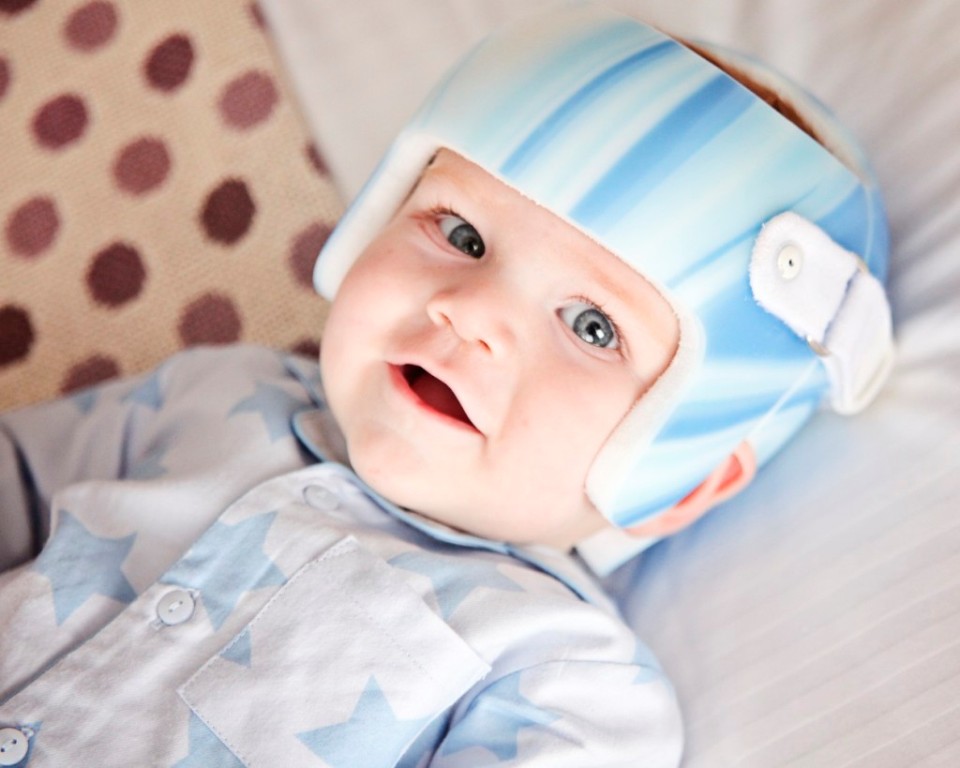
10 Steps to Potty Train Your Kid
Readiness of your baby and yourself: It is very important for you to understand the readiness of your child to start potty training. There is a wide age range within which your child can be interested in potty training. When your child is about a year old he or she can begin to recognize signs of a full bladder or rectum. Some children show the willingness to start potty training as early as 18 months whereas some show no interest even until after age 3. Given this wide window of time when your child can be interested in potty training, you as a parent need to look out for the signs of readiness in your baby. See whether they can follow simple instructions, walk and sit down without assistance, take off his or her pants and put them back on. Never pressurize your baby as this will be counterproductive if your baby is not ready.
As a parent don’t feel pressurized by the progress of other babies in your peer group. No two babies have the same timeline. Also it has been seen that boys tend to train bit slowly than girls and second born children and subsequent ones tend to train faster than first borns. As a parent you need to be prepared for these challenges. Potty training needs time, patience and good humor to be successful and as a parent you should only start the process when you are confident about being able to devote as much time and effort required and there are no foreseeable major changes or turmoil’s in the cards. Be prepared to give as much time it takes – be it days, weeks or even months.
Get the right Equipment: Your baby may be scared of the regular adult toilet because he or she fears of falling into it. They may also be scared of the loud flushing noise it makes. So it is very important to invest in the correct child-sized potty chair or special adapter seats that attach to your regular toilet to make your child feel fully at ease when you begin the training. Give some time to finding the right equipment best suited for your baby. Take your child along and ask him or her to pick out the potty chair. Personalize the chair by writing his or her name on it and encouraging them to play and be familiar with it. When buying the equipment look for parts that may potentially hurt your baby when he or she is using it and avoid these. Make sure your baby will be comfortable using the potty chair as otherwise he or she might develop negative attitude towards using it in case it hurts them or is uncomfortable in anyway.
If you are buying an adapter seat for your regular toilet then make sure that the fit is secure and comfortable. Make sure to buy a stool to go with it which can be used by your baby to get up and down from the toilet easily and quickly and also serve as a brace for his or her feet when sitting. Having the stool will also help him or her gain a sense of balance as there will be a brace under his or her feet.
Create a Routine: Help your child develop a routine to help him or her get used to the potty and accept this as a part of his or her daily life. Set him or her on the potty chair or toilet fully clothed once a day – after breakfast or before bath or whenever you feel he or she might be like to experience bowel movement. If you are using a portable potty then you can even bring it to the playroom or whichever room your child is in. Once he or she is used to this routine make him or her sit on the potty bare bottomed to get used to how it feels. Talk to your child and let them know that pulling down your pants before using the potty is the grown up thing to do and that mommy and daddy (and if any older siblings) do it every day.
If your baby refuses to sit on the potty without his or her clothes then do not force them. Never forcibly restrain your child physically to the potty or push and shove him or her to remain seated on it especially if they seem scared. In case your child shows unwillingness to train then it is best to stop for the time and pick up again after a while. If your baby is comfortable then it’s fine to proceed.
Explain the Process: Explain to your child the connection between pooping and the toilet. When he or she poops in the diaper, take him or her to the potty, sit them down on it and empty the diaper into the bowl. You can even let your baby flush away the contents. There are many picture books and interactive books available in the stores about potty training. You can get one or two for your child and read it out or let him or her read it while sitting in the potty can help your child assess all the new information and get familiar with the process in his or her own time. You can also keep posters or flip books showing the steps to using the potty in the bathroom to help your child get familiar with the process.
Be Prepared for Accidents: Accidents are bound to happen. You cannot let yourself get upset with these as that will make your child stressed and less like to develop toilet skills. Be calm and keep enough supplies at hand such as disposable training pants. It is also a good idea to keep old towels at hand for cleaning up puddles and messes.
Be Consistent: When potty training your child make sure to stick to your routine. Do not confuse your baby by expecting him or her to go back to using diapers for long car trips because you do not want to carry the portable potty or make frequent pit stops. Be consistent with your method and make the effort to find pit stops during long drives. Don’t stop midway through the training process unless you absolutely realize that you have jumped the gun or your child is not ready. A confused or stressed out toddler will only make the process more tedious and it will backfire for sure. So it is best to stay on course till you achieve success.
Expect accidents during nighttime and nap times: Your baby may not wake up to go to the bathroom at the very beginning of the training. So it is best to be prepared for accidents during these times and use disposable training pants. In time your child will learn to wake up and use the potty, but till then your patience and good humor will help ease out any guilt or shame associated with accidents during nap-time or nights.
Using Public Toilets: It is a big challenge to get your toddler to start using the toilet at home. But an even bigger one to get him or her to use one outside. As a parent you need to encourage your baby to start using public toilets and not withhold their natural bladder and rectum movements. Carry plenty of disposable training underpants, trousers, wipes, anti-bacterial gels and washes. Reward your child for every time he or she successfully uses a public toilet.
Handle Setbacks Gracefully: The process of toilet training can be a difficult and emotionally charged time for both you and your baby. It is important to keep in mind that setbacks and accidents are a natural part of the process and need to be dealt with calmly. Accidents don’t mean that you have failed and should not result in you scolding and punishing your child. Help your child understand the workings of his or her body and the importance of using the potty. It is very important to remember that it is all very new to your child and too much information can be overwhelming. Be gentle and caring while cleaning up these accidents and suggest that next time maybe he or she could try using the potty. Dress your child in clothes that can be taken off easily when you are toilet training to reduce the chances of accidents.
Reward your child and boost his confidence: Once your child has learnt this new skill reinforce his or her pride and confidence by letting them give away the diapers to younger kids. Let your child know that this is an achievement for him or her and that you are proud of it.
Potty training can be quite a tiresome process for both you and your child but once he or she has successfully learnt this new skill you can pat yourself on the back for your efforts. Most important is to be calm and gentle with your child during the whole process and not pressurize, scold or shame or child for any set backs or accidents.












